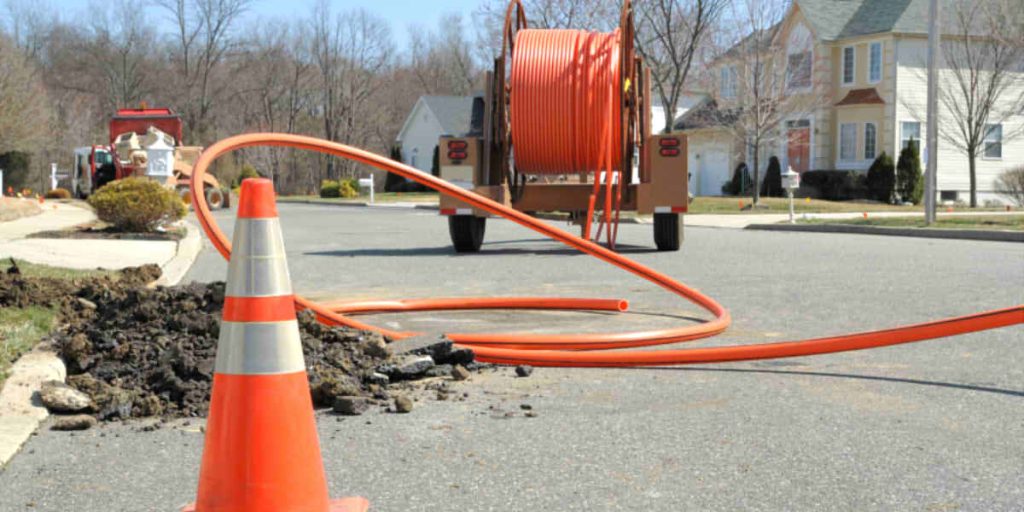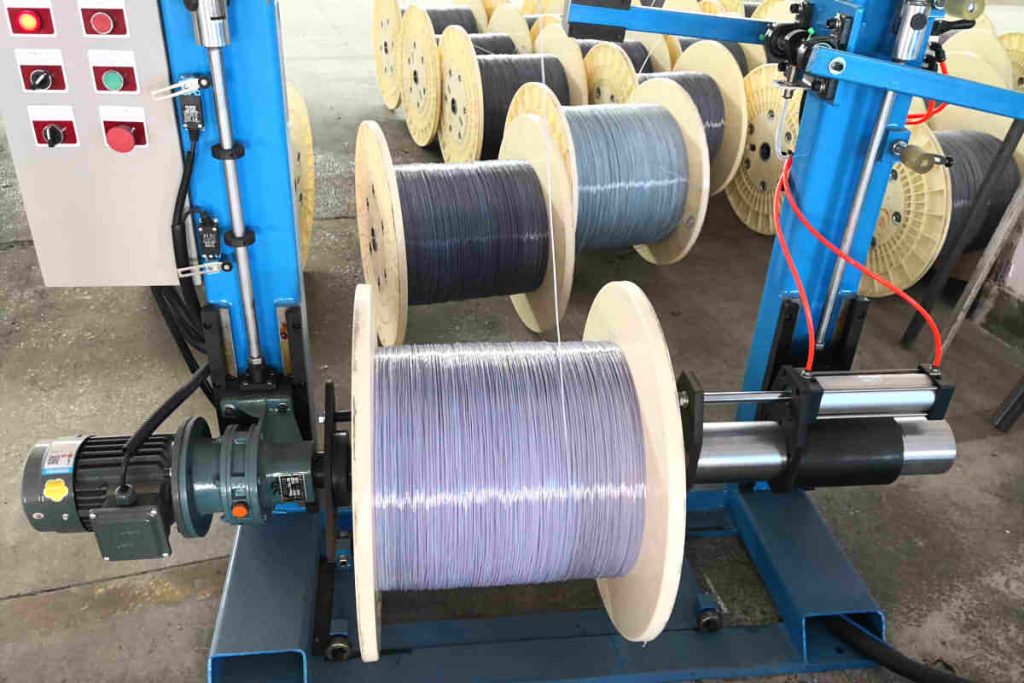In an unprecedented effort to ensure that all Americans have access to high-speed Internet, Prysmian Group has partnered with the United States Government in a joint investment of $40 billion. This initiative seeks to improve and expand the network infrastructure throughout the country, closing the digital divide and providing equal opportunities for all citizens.
The joint investment will allow the implementation of new technologies and state-of-the-art fiber optic solutions, which are essential for long-distance data transmission and provide a fast and reliable connection. This partnership reflects the US Government's commitment. UU. to provide essential basic services, equating internet access with electricity, water and other basic services.
Prysmian Leads the Transition to Fiber Optic in EE. UU.
As a world leader in cable solutions, Prysmian Group has demonstrated its commitment to the expansion of fiber optic infrastructure in the United States. The company has made significant investments in its fiber optic manufacturing plants en Tennessee, North Carolina and South Carolina.
an investment of $30 million went to redevelopment of Prysmian's cable plant in Jackson, Tennessee, turning it into a fiber optic cable manufacturing plant. During the remodeling process, the company sent its workers to other locations to receive training and acquire the necessary skills to work with the new technology.

Besides, Prysmian invested $50 million in the modernization of its fiber optic plant in Claremont, North Carolina. These investments will allow Prysmian to meet the growing demand for fiber optics and contribute to closing the digital divide in the United States.
The Crucial Role of Fiber Optic in Network Infrastructure
Fiber optics have become the preferred choice for connecting to the Internet in the United States due to its significant advantages compared to traditional copper cables. Prysmian's fiber optic solutions enable data transmission over much greater distances, offering superior speed and reliability.
With the implementation of fiber optics, it is expected to close the digital divide and ensure reliable and affordable access to the Internet throughout the United States. This technology is the key to overcoming geographical and social barriers, allowing all citizens, regardless of location or socioeconomic status, have equal opportunities in the digital world.
Fiber Deployment Goals of US Telecommunications Carriers for 2023
AT&T has approximately 24 million fiber optic coverages (fiber passings) at the end of 2022. The CEO of the company, John Stankey, recently revealed that his goal for this year is to achieve at least 2 a 2.5 million coverages and for 2025 your goal is to achieve 30 million coverages.
Altice's goal for 2023 It is 900,000, slightly less than 1 million of 2022. Initially, they planned to reach 1.6 million in 2023.
Bluepeak, a local operator in the central region, complete 70,000 toppings on 2022 and plans to add more than 50,000 this year.

Brighspeed, a company that acquired Lumen's assets in 20 states and managed them through Apollo, aims to achieve 1 million this year and add 3 million in the next 5 years.
Frontier Communications aims to 2023 reach 1.3 million coverages, slightly lower than the previous estimate of 1.6 millions. In 2022 completed 1.2 millions.
Lumen Technology recently adjusted its total fiber optic coverage goal of 120 million to 80-100 millions. Your goal for 2023 It is 500,000. During a fourth quarter earnings call, The company stated that it will prioritize the deployment of fiber optics for commercial purposes instead of deploying it just for deployment.
MetroNet, a local operator in Indiana, aims to add 500,000 toppings on 2023.
Shentel, a midwestern regional carrier, aims to add 100,000 new covers this year. In 2022, added 72,290. Your goal is to achieve 450,000 fiber optic roofing for 2026, And till 2022 have completed 147,000.
TDS Telecom completed 133,000 toppings on 2022 and aims 175,000 for 2023. His ultimate goal is to achieve 1.2 million coverages for 2026, and so far they have completed 582,000.
Additional Investments and Government Programs for High Speed Internet Access
In addition to the partnership between Prysmian and the United States Government, other companies are also investing in network infrastructure in the country. India's STL recently built its first fiber optic plant in South Carolina, while Corning announced the construction of a new plant optical cables in North Carolina. These investments reflect the growing importance of connectivity in today's world..

To support the goal of connecting all Americans to high-speed Internet, the US government. UU. has launched the BEAD program (Broadband Equitable Access and Deployment), a grant program $42.45 billion created under the Bipartisan Infrastructure Act and administered by the Department of Commerce. All the states, Washington D.C. and the US territories. UU. will be able to access these funds to connect all residents and small businesses to high-speed Internet.
Prysmian's Commitment to Sustainable Growth and Renewable Energy
Prysmian Group has also demonstrated its commitment to sustainable growth and the transition to renewable energy sources.. The company has invested $200 million in the development of a plant submarine wind power cables in Cape Breton, Massachusetts. This investment supports President Biden's goal of installing 30 gigawatts (GW) offshore wind power 2030, thus promoting the transition towards a cleaner and more sustainable economy.
Conclusion
In conclusion, the joint investment of $40 $1 billion between Prysmian and the US government marks a milestone in the effort to close the digital divide and ensure universal access to high-speed Internet. Through its experience in fiber optic solutions, Prysmian will play a fundamental role in building a more connected and equitable society. This initiative will not only strengthen the network infrastructure in the United States, but also supports the company's commitment to sustainability and the transition to renewable energy.

